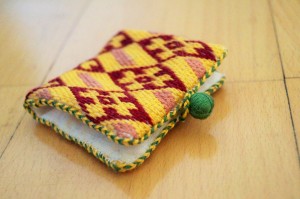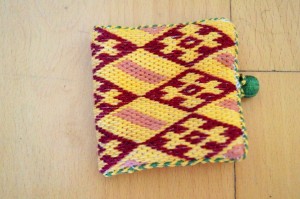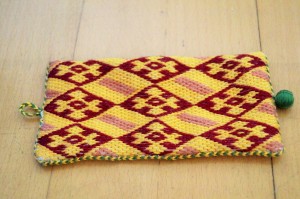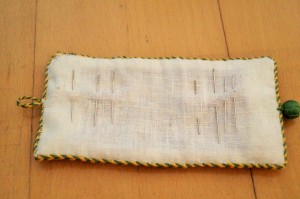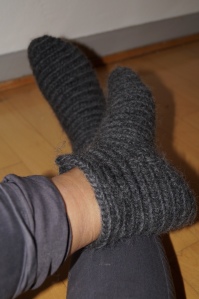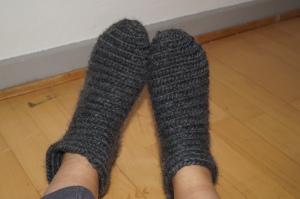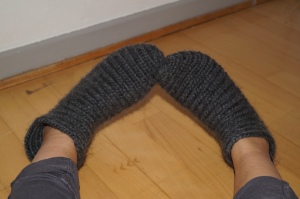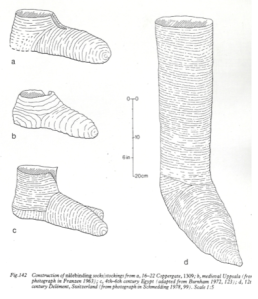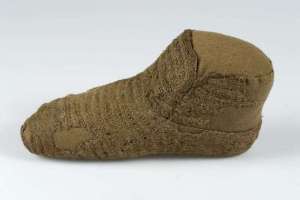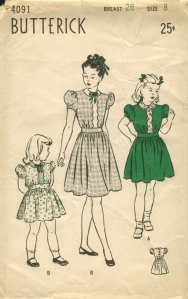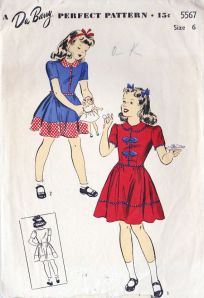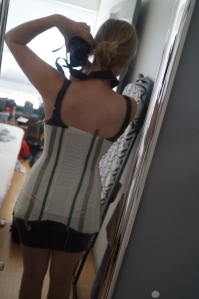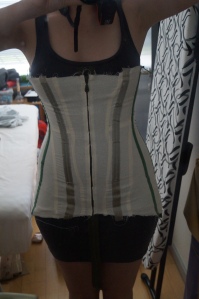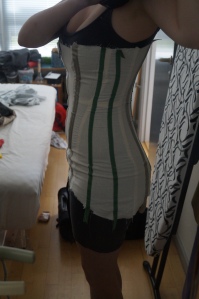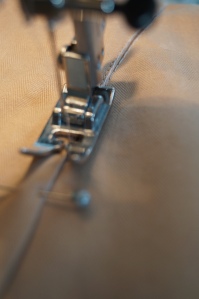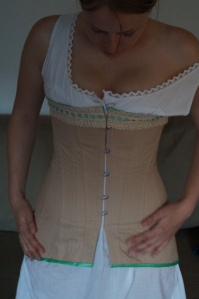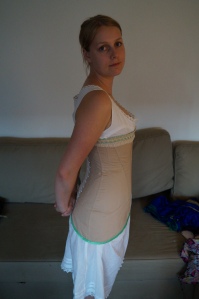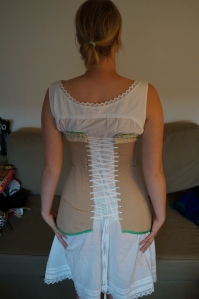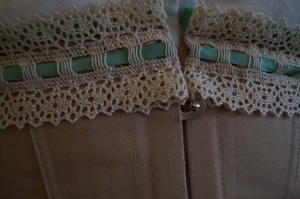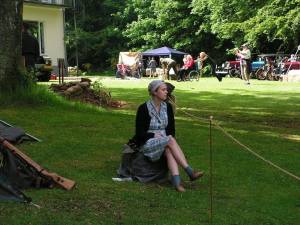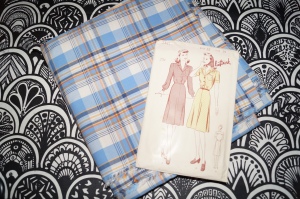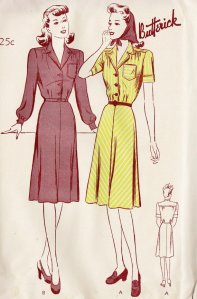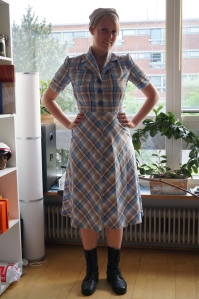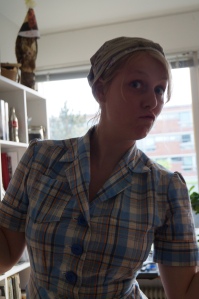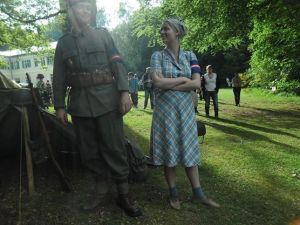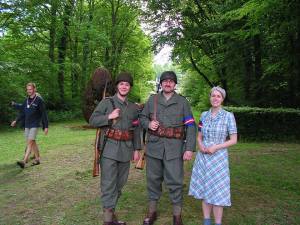Late as always! And full of bad excuses like exams and planning exchange (This will be on another post).
This post is a about my entrance for the Historical Sewing Fortnightly #6: Fairytales. I live in Denmark, and was born and raised in Hans Christian Andersen’s birthplace – Odense. So what would fit more than one of his fairytales? I have chosen the fairytale The Emperor’s New Clothes. Mostly because I love it, and have read it several times as a kid and an adult.
The Emperor is a man who only thinks about clothes. One day two new tailors arrives and makes the Emperor believe that what he can not see is the most fantastic clothes in the world. In the end the Emperor takes on this new set clothes and walks through the city. Here is how it ended:
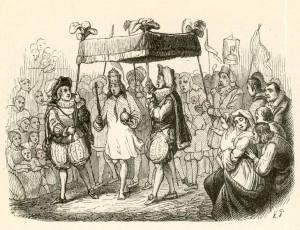
Source: Vilhelm Pedersen
“… So off went the Emperor in procession under his splendid canopy. Everyone in the streets and the windows said, “Oh, how fine are the Emperor’s new clothes! Don’t they fit him to perfection? And see his long train!” Nobody would confess that he couldn’t see anything, for that would prove him either unfit for his position, or a fool. No costume the Emperor had worn before was ever such a complete success.
“But he hasn’t got anything on,” a little child said.
“Did you ever hear such innocent prattle?” said its father. And one person whispered to another what the child had said, “He hasn’t anything on. A child says he hasn’t anything on.”
“But he hasn’t got anything on!” the whole town cried out at last.
The Emperor shivered, for he suspected they were right. But he thought, “This procession has got to go on.” So he walked more proudly than ever, as his noblemen held high the train that wasn’t there at all.” – The END
The ending of Hans Christian Andersen’s The Emperor’s New Clothes. To read the whole fairtale use this link: The Emperor’s New Clothes
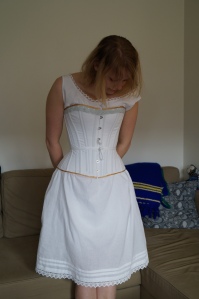
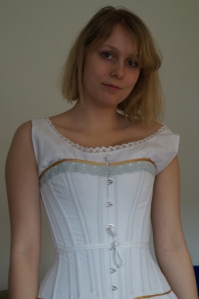
What is it? Victorian Chemise
The Challenge: HSF#6 – Fairytale
Fabric: 100 % pure cotton
Pattern: Laughing Moons #100
Year: 1840 – 1900
Notions: The sides is sewn with french seams. Mainly machine sewn.
How historically accurate is it? I have tried only to use fabric and techniques used in the period. But I might have overlooked something. About 90 %
Hours to complete: 5 hours
First worn: For the photo shoot. Is going to wear it for a late Victorian (1899) event.
Total cost: Lace is ordered from England (about 15 $) and Fabric is bought in Denmark (10 $). 25 $
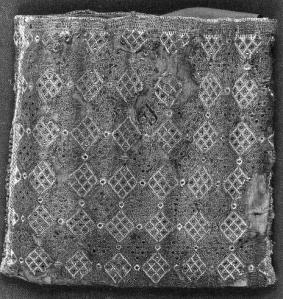 Inspiration and link to source
Inspiration and link to source
